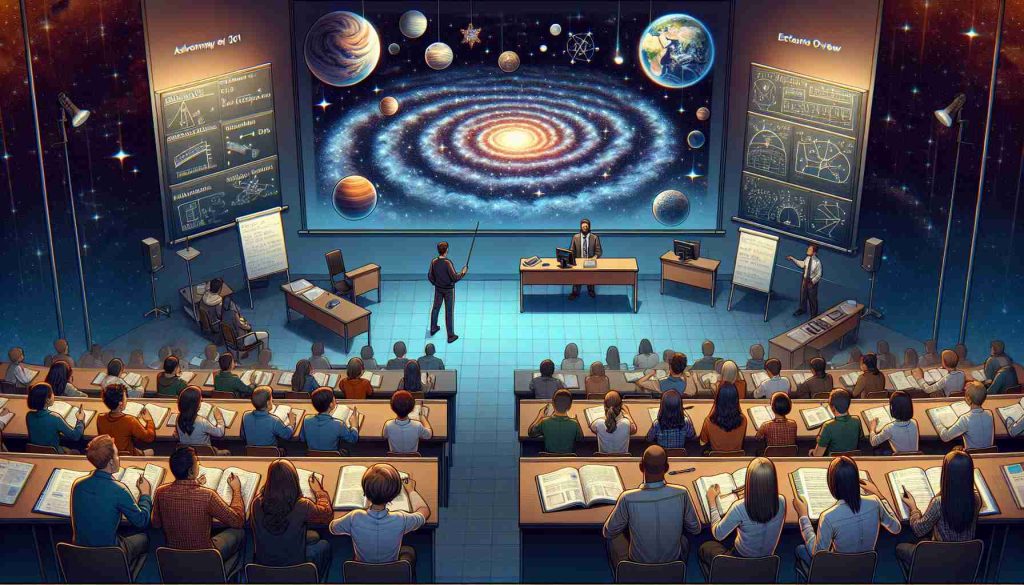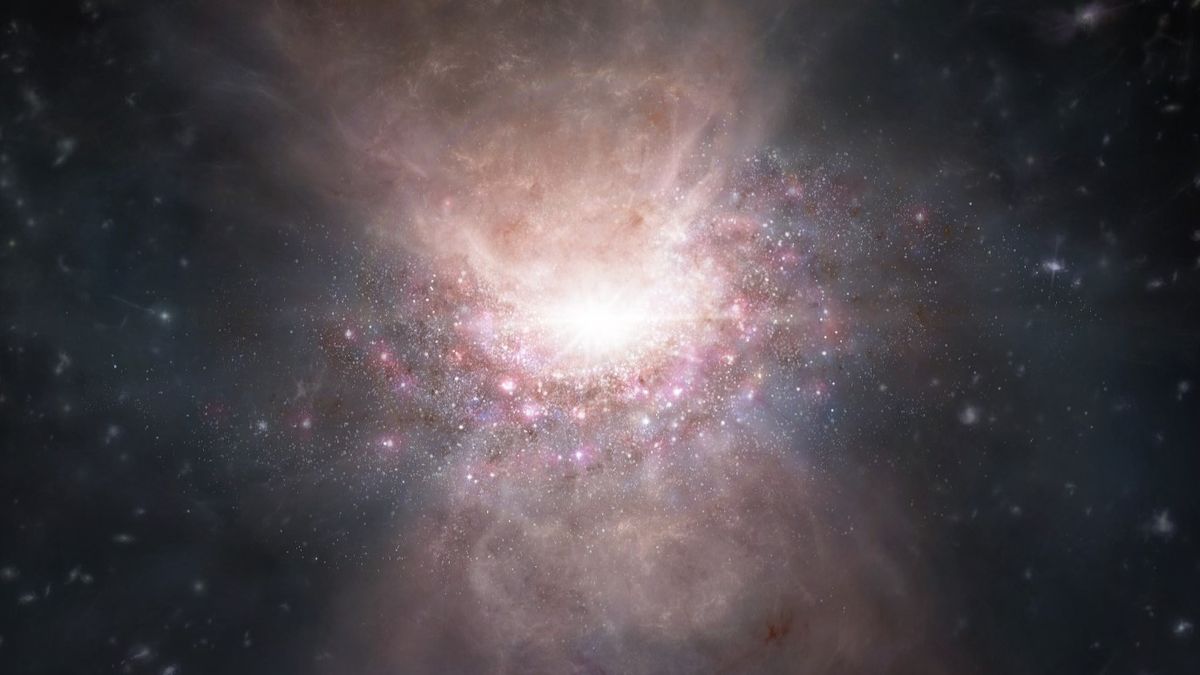-
Rubin Observatory will Inspire a New Era in Space Missions without Ever Leaving the Ground
Newswise — We live in a very exciting time for Solar System exploration, with recent headlines announcing new results from space missions like NASA’s OSIRIS-REx, Lucy, and Psyche, and ESA’s Juice. These uncrewed spacecraft have been visiting our cosmic neighbors and returning close-up images, detailed information, and even extraterrestrial rocks and dust to Earth. But…
-
Sensing the Universe

Cosmic rays are charged, high-energy particles that move through space at near-light speed. Every second, every square meter of Earth’s atmosphere is pelted by large quantities of cosmic rays. These particles are usually hydrogen nuclei, or protons. But scientists have detected examples of other subatomic particles like neutrons, electrons, and even antimatter. NASA’s Super Trans-Iron…
-
Astronomy Enthusiasts Share Stellar Experiences in Tucson Star Party

Summary: On February 3, 2024, nearly 100 individuals gathered at an event held by the Tucson Amateur Astronomy Association to peer into the cosmos and expand their knowledge of astronomy. In the clear desert sky of Tucson, Arizona, members of the local community were offered a unique celestial treat courtesy of the Tucson Amateur Astronomy…
-
Astronomical Breakthrough: Thai Scientists Discover Cosmic Ancestors

Thai astronomers have made a groundbreaking discovery of 13 exceptionally ancient galaxies, offering new insights into the early universe. This finding represents not only a significant achievement for Thai science but also contributes to the broader understanding of galactic evolution. Summary: A team of Thai astronomers has identified 13 extremely distant and ancient galaxies, which…
-
The harmonic beauty of orbital resonance, explained

Music from planetary orbits, created by astronomers at the European Southern Observatory. Planets orbit their parent stars while separated by enormous distances – in our solar system, planets are like grains of sand in a region the size of a football field. The time that planets take to orbit their suns have no specific relationship to each…
-
Astronomy Lecture: A Gateway to Understanding the Cosmos

Summary:Astronomy lectures serve as a window to the universe, allowing individuals to explore celestial phenomena and the underlying principles that govern the cosmos. These educational sessions cover a broad range of topics from basic celestial mechanics to advanced theories of astrophysics. They are typically aimed at students, amateur astronomers, and the general public with an…
-
Astronomy 301 at the University of Texas at Austin: A Comprehensive Overview

Summary:Astronomy 301 is a fundamental course offered by the Department of Astronomy at the University of Texas at Austin. Designed for non-science majors, this introductory course covers the basics of astronomy and explores the wonders of the universe, from the solar system to distant galaxies. This article provides an in-depth look at the course syllabus,…
-
X-ray image of universe reveals almost 1 million high-energy objects: ‘These are mind-blowing numbers’
The first data released to the public from the eROSITA sky survey comprises an X-ray view of half the sky over Earth, encompassing almost a million high-energy cosmic sources, including over 700,000 supermassive black holes. This catalog, dubbed the “eROSITA All-Sky Survey Catalogue (eRASS1)” was published on Thursday (Feb. 1). It constitutes the largest-ever catalog…
-
Top 10 space stories of 2023
Before researchers could open OSIRIS-REx’s TAGSAM sample collector, they first had to gather and catalog the copious “bonus” material outside the canister, whose still-sealed lid is shown here. Credit: NASA/Erika Blumenfeld & Joseph Aebersold New tools and techniques can be transformative. Last year proved this time and again, as researchers took the first picture of…
-
Astronomers spot ancient quasar killing its galaxy’s star formation at the dawn of time

For the first time ever, astronomers have spotted an ancient supermassive black hole killing a galaxy’s star formation at the dawn of the universe. The striking cosmic scene, made just 900 million years after the Big Bang, confirms theoretical predictions that extremely luminous black holes, called quasars, douse star formation by spitting out high-speed torrents…
